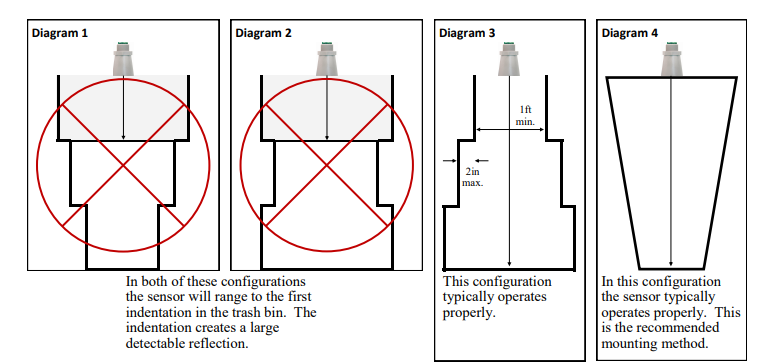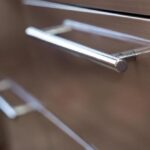An ultrasonic sensor is a digital gadget that determines the range of a target object by producing an ultrasonic acoustic wave, as well as converting the shown sound into an electric signal. Ultrasonic waves move faster compared to the speed of distinct audio, i.e., the audio that people can listen to.
Ultrasonic sensing units have two major components: the transmitter, which produces the sound using piezoelectric crystals, and the receiver, which runs into the audio after it has taken a trip to, as well as from the target.
To determine the distance between the sensor, as well as the object, the sensing unit measures the moment it takes between the discharge of the sound by the transmitter to its contact with the receiver. The formula for this calculation is D = 1/2 T x C, where D means distance, T means time, as well as C, is the rate of audio ~343 meters per second.
To learn about how ultrasonic sensors work, please visit the link.
Types, as well as varieties of ultrasonic sensors?
There are four significant different sorts of ultrasonic sensing units are presently being used,
-
- Ultrasonic Distance Sensors: In this ultrasonic proximity sensing unit, a special kind of sonic transducer is utilized for alternative transmission and reception of sound waves.
- Ultrasonic Two-Point Proximity Changes: This sensing unit includes two factors for changing, consequently it is called 2-point proximity switches. It is nearly similar to a conventional sensor only differs in the 2-touch setup key, as well as this function is called the Tech-in feature.
- Ultrasonic Retro-Reflective Sensors: The operation of the ultrasonic retro-reflective sensing unit is similar to an ultrasonic closeness sensing unit. The only distinction, in this sensing unit the range between the sensing unit to the reflector is determined by gauging the propagation time.
- Ultrasonic with Beam of Light Sensors: Ultrasonic thru-beam sensing units are always included in two separate parts: the emitter, as well as the receiver. The evaluation as well as changing outcome electronic devices remain in the receiver.
What can be made using ultrasonic sensors?
The following tasks are based on the Ultrasonic sensor. There are some most current ingenious jobs which can be built by trainees to develop hands-on experience in locations connected to/ making use of the Ultrasonic sensor.
- Mobile Robot Navigation System
- Smart Walking Stick
- GPS-Guided Mobile Robotic
- Pneumatically-Driven Braking System
- Ultrasonic Distance Finder Using 8051
- Automated Solar Yard Cutter
- Crash Avoidance Robotic
- Sleepiness Prevention, as well as Collision Avoidance System
History of the Ultrasonic Sensor
Sergei Y. Sokolov, Soviet Researcher, is known as the father of contemporary ultrasonic testing. In 1928, Sokolov successfully showed how to use ultrasonics to discover defects in metals. Amazingly, Sokolov suggested that this method would be helpful in the industrial field for testing abnormalities in solid products. Sokolov’s testing laid the groundwork for future advancements in ultrasonic screening.












